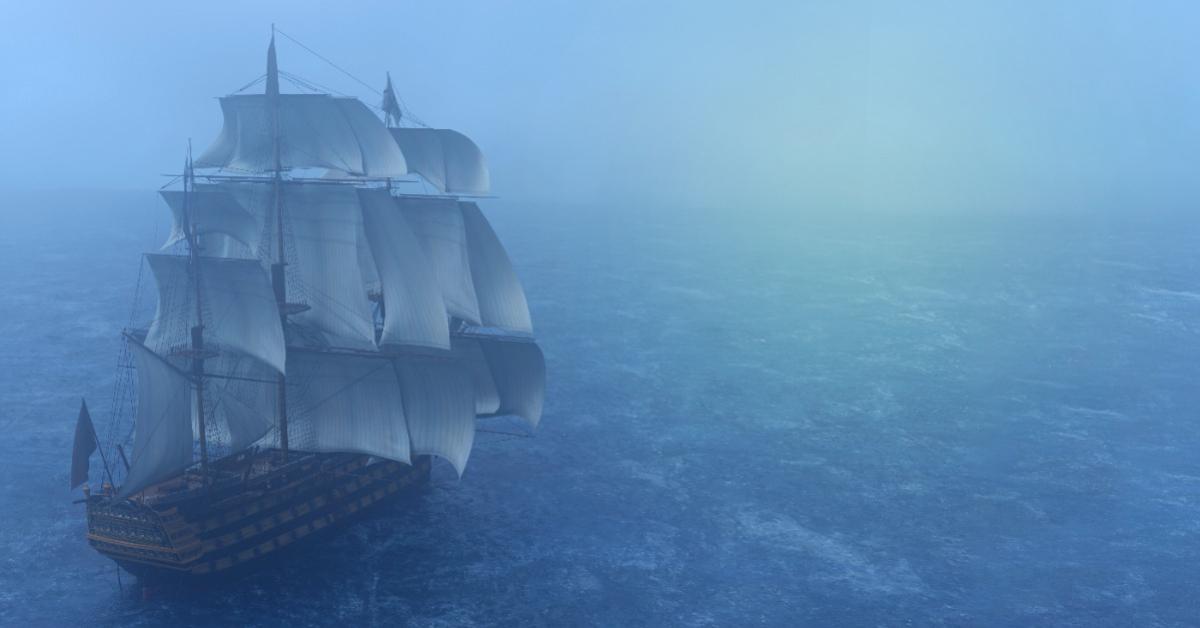
A Tale of Two Liberties
The twenty-gun HMS Buffalo departed Quebec on September 28, 1839, bound for Australia. Commanded by James Wood, the transport carried 150 crewmembers and 140 exiled passengers: fifty-eight French Canadians and eighty-two American Patriots; the voyage ensured the Upper and Lower Canadian rebellions of 1837–38 were over.
Rallying around the same republican ideals that had led to the American Revolution, the Canadian rebellion fell well short of breaking the yoke of British governance. Unlike the American movement, the Canadian experiment failed to mobilize enough combatants, resulting from a far less visible struggle between two philosophical conceptions of freedom: republican and modern liberty.
From France’s Rousseau to Robespierre, Britain’s Harrington to Paine, and America’s Thomas Jefferson, republican thinkers viewed personal freedom through the lens of political participation, ideas not lost on many French Canadians of Lower Canada (present-day Quebec). Lower Canadian leaders exchanged correspondences with American Revolutionaries, even before Thomas Paine publicized Common Sense, the most notable being George Washington and Benjamin Franklin. After the successes of the American and French revolutions to close out the eighteenth century, republican ideas within the Canadian territories grew in popularity, applying increasing pressure on British authorities.
Under republican philosophy, focused on fraternity and community, sovereignty lay with the people, an idea famously encapsulated by the phrase “We the People.” Moreover, elected representatives represented their electors rather than the concept of “the nation.” Its economic focus was primarily agricultural. Citizen independence, which reigned supreme, extended internationally, making republicanism anti-imperialist. These traits rendered the philosophy “subversive” in the eyes of the preexisting state: Britain was no different.
Led by Louis-Joseph Papineau in Lower Canada and William Mackenzie in Upper Canada (present-day Ontario,) republican ideas eventually collided with the “modernists,” those loyal to and accepting of the British model. As Paine, in his famous pamphlet series, The Crisis wrote: “If there must be trouble, let it be in my day, that my child may have peace.”
Robespierre, during 1792’s December National Convention address, went further still: ”The king must die so that the country can live.”
History reveals that British forces and local militias quickly subdued the violent uprisings of 1837–38 in both Canadas despite the rebels receiving American support under the canopy of Hunters’ Lodges. The conflicts claimed 325 souls, a minuscule amount by revolutionary standards. Of the deaths, only 27 were British soldiers; the rest belonged to the rebel side. Examining the dominant British philosophy regarding liberty at the time offers good insights into what led to the uprising’s quick suppression and failure.
“Modernists” subscribed to the basic principles of what came to be known as “modern liberty,” representing what the American colonies rejected, leading to the War of Independence. Paralleling the republican backdrop, modernist ideas trace back to European philosophers Locke and Voltaire and postwar American federalists Hamilton and Adams. Contrasting republicanism, this concept exposes a necessary desire for strong central authority and its perceived efficiencies and protections. We read in John Locke’s, An Essay Concerning Human Understanding:
The great question which, in all ages, has disturbed mankind, and brought on them the greatest part of their mischiefs … has been, not whether be power in the world, nor whence it came, but who should have it.
Under modernist or (British) constitutionalist philosophy, sovereignty lies with Parliament, and elected representatives serve the nation’s best interests rather than individual electors. The economic activity focuses on commerce; wealth creation is considered supreme. Given its belief that executive power protects individual rights and liberties, the modernist outlook is not incompatible with imperialist ambition, and its form can develop from nonsubversive roots.
As loyal subjects of Britain, most early nineteenth-century Upper and Lower Canadians thought themselves fortunate to be part of the British Empire, even more so to have been granted a colonial constitution via the Constitutional Act of 1791. The Upper Canadian lieutenant-governor, John Graves, summarized the modernist view and colonialist sentiment in this entry taken from the Journals of the House of Assembly of Upper Canada (1792):
This province is singularly blessed, not with a mutilated Constitution, but with [one] which has stood the test of experience and is the very image and transcript of that of Great Britain, by which she has long established and secured to her subjects as much freedom and happiness as it is possible to be enjoyed under the subordination necessary to civilized Society.
By granting the colony the right to an elected legislative assembly, the Act calmed a rise in republican sympathies in the wake of the American Revolution, demonstrating the Crown’s willingness to approach colonial affairs on a case-by-case basis. The American experience had taught Britain a thing or two about colonial diplomacy. Through persuasive governance, London managed to avoid what may have evolved into the second war of independence had they ignored specific demands for greater political participation. These efforts impaired the republican uprising, shaping Canadian temperament into what many consider today to be moderate.
So, what, if any, importance does any of this hold? History books already contain stories of the American Revolution and, to a lesser degree, the enduring bond between Canada and Great Britain. Moreover, groups within the libertarian space likely dismiss both systems as either illegitimate or too large. Nevertheless, perhaps, the usefulness rests in a better understanding of what some may consider alien perceptions of liberty, leading to the disentangling of ideas, devising better conversational approaches, and rescuing desirable relationships. Quoting Mises’s Liberalism: The Classical Tradition: “In a battle between force and an idea, the latter always prevails.”
Many Americans looked upon Canada, and other Commonwealth countries, in astonishment during the recent pandemic as citizens sat idle while their federal government effortlessly suspended liberties presumably guaranteed by their Charter of Rights. Applying mandates with such relative ease rested on a willing Canadian public possessing a nearly unquestioning devotion to the sovereignty of Parliament. Add to that their faith that a government’s orbit assures a future voluntary return to protecting civil liberties and private property. However, to discharge these views under Canadian uniformity would be too simplistic, acknowledging that long gone are the days when ideology and citizenship walked homogenously.
Generational sentiments, like those of national divorce, are not absent from Canada, as evidenced by provincial sovereignty movements in Alberta and Quebec: albeit their motivations are different. Indeed, the lines encompassing nationhood and creed have become obscured, not that they are beyond recognition, but perhaps in some cases, past the point of lasting reconciliation. Time will tell.
In closing, it seems suitable to note Charles Dickens’ classic novel A Tale of Two Cities, which illuminated the conditions leading up to and during the French Revolution and delivered a sober reminder of what often ensues when ideological forces collide. While Dickens’ story focused on a tale of two cities, ours visited two prevailing ideas; concepts that propelled some toward British promises of glory and freedom and others toward “bombs bursting in air.” A North American tale of two liberties.


